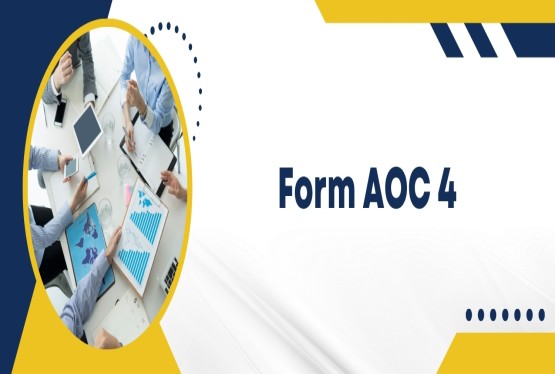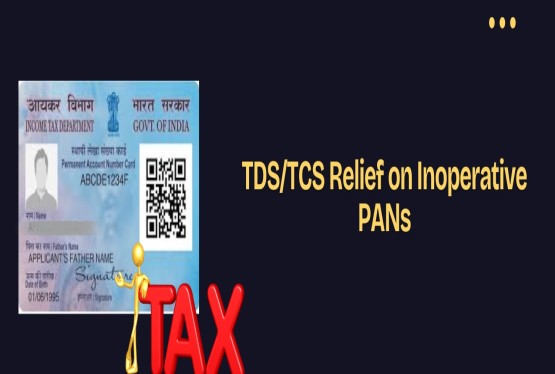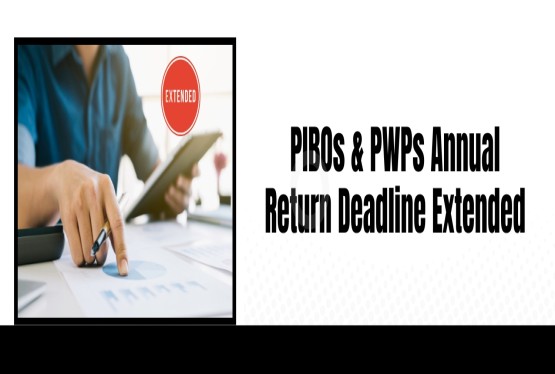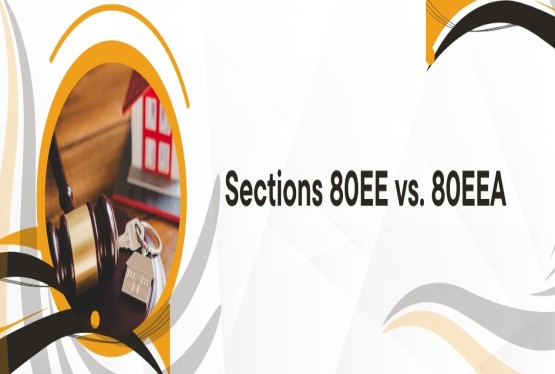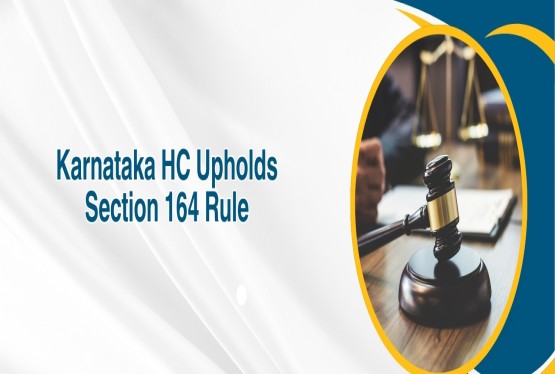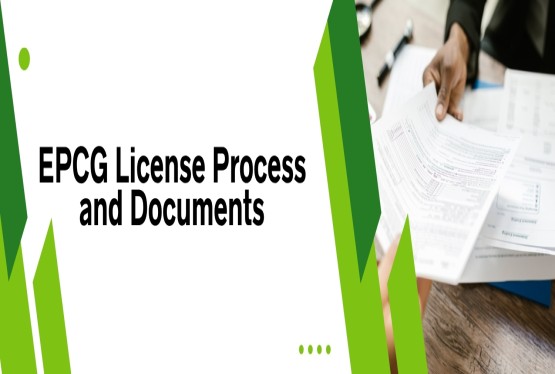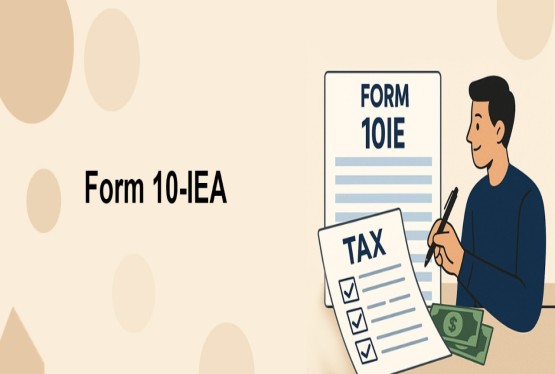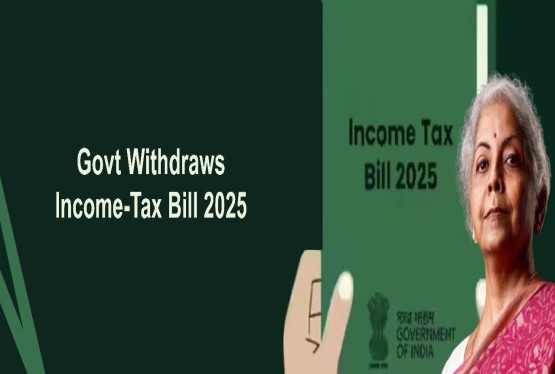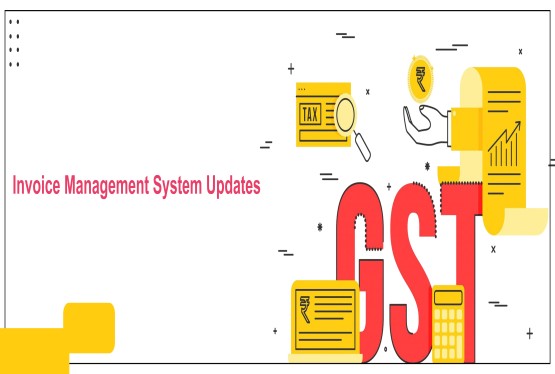Form 15CA and 15CB of Income Tax are essential for individuals and businesses in India making foreign remittances. These forms act as declarations and certifications for payments sent outside India. The Income Tax Department introduced these forms to ensure proper tax deduction at source (TDS) and to monitor foreign transactions, thereby promoting tax compliance.
What is Form 15CA?
Form 15CA is an online declaration that must be submitted to the Income Tax Department when an Indian resident intends to make a payment to a non-resident. The objective is to assess whether the payment is taxable in India. It serves as a tool for the Income Tax Department to track foreign remittances and evaluate their taxability. Even if the income is not taxable, the form may still be required in some cases. Form 15CA must be filed electronically on the official e-filing portal of the Income Tax Department before the remittance is made. This helps maintain a record and allows the department to ensure compliance.
What is Form 15CB?
Form 15CB is a certificate issued by a Chartered Accountant. It certifies that tax has been deducted in accordance with the provisions of the Income Tax Act and any applicable Double Taxation Avoidance Agreement (DTAA). Form 15CB includes various details such as the nature of the payment, applicable TDS rate, and taxability under Indian laws. It confirms whether the transaction attracts tax and verifies compliance with Section 195 of the Income Tax Act. Form 15CB is uploaded online by the Chartered Accountant before filing Form 15CA Part C.
Applicability of Form 15CA and 15CB of Income Tax
The applicability of Form 15CA and 15CB of Income Tax depends on the nature of the payment and its amount. Form 15CA is applicable when a remitter makes a payment to a non-resident or a foreign company. The remitter can be a resident individual, domestic company, or even a non-resident in some cases. As per Section 5 of the Income Tax Act, if income accrues or arises in India, it becomes taxable and must be declared through Form 15CA.
Form 15CB is applicable only in specific situations. It is required when the remittance is chargeable to tax in India, and the payment amount exceeds Rs. 5 lakhs during the financial year. If the assessing officer has not issued a certificate under Section 197 or Section 195(2)/(3), the taxpayer must obtain a certificate from a Chartered Accountant by filing Form 15CB.
When is Form 15CA Not Required?
Form 15CA is not required when the remittance falls under the specified list of payments in Rule 37BB of the Income Tax Rules. These are exempted categories that do not need a declaration. Additionally, if the remittance does not require approval from the Reserve Bank of India under Section 5 of the Foreign Exchange Management Act (FEMA), then filing Form 15CA may not be necessary. Therefore, not all payments to non-residents attract this filing requirement.
When is Form 15CB Not Required?
Form 15CB is not required if the remittance is not taxable in India. For example, if the payment is not in the nature of income or profit, then Form 15CB may be avoided. It is also not required if the total payment is up to Rs. 5 lakhs and covered under Part A of Form 15CA. In addition, payments made for education, travel, or maintenance of relatives abroad, within the limit specified by the RBI, are generally exempted. If the remitter has a certificate from the assessing officer under Sections 195(2), 195(3), or 197, Form 15CB is not needed.
Components of Form 15CA
Form 15CA is divided into four parts. Each part is designed for a specific type of transaction and remittance threshold.
Part A
Part A is required when the total value of the remittance during the financial year does not exceed Rs. 5 lakh. It has to be submitted even if the payment is not taxable under Indian tax laws. It is mainly for small value transactions where the income may or may not be taxable.
Part B
Part B is to be filled when the remittance exceeds Rs. 5 lakh, and the remitter has received a certificate from the Assessing Officer under Section 195(2), Section 195(3), or Section 197. This part contains more detailed information about the remittance, such as nature, amount, and purpose.
Part C
Part C applies if the payment is more than Rs. 5 lakh and the remitter has obtained Form 15CB from a Chartered Accountant. This part is detailed and is used when the transaction is taxable. It requires information about the tax deducted, DTAA provisions, and certification from the CA.
Part D
Part D is required when the remittance falls under the specified list of payments under Rule 37BB. These payments are exempt from taxation, and hence, a simplified declaration is allowed under this part.
How to File Form 15CA and 15CB Online?
The filing process of Form 15CA and Form 15CB of Income Tax is conducted online through the e-filing portal of the Income Tax Department.
Process for Filing Form 15CA
To begin, the taxpayer must log in to the e-filing portal of the Income Tax Department using a valid PAN and password. Once logged in, the user should navigate to the e-File tab and choose the option “Prepare and Submit Online Form (Other than ITR).” From the drop-down, select Form 15CA and provide the assessment year and PAN of the remitter.
Depending on the nature and amount of the remittance, the taxpayer must select the appropriate Part (A, B, C, or D) and fill in the required information. This includes the name and address of the remitter, details of the remittee, purpose of remittance, amount, bank details, and tax deduction information.
After entering all the required information, the form is to be submitted electronically. A confirmation page with a transaction ID and acknowledgment number is displayed. The taxpayer can also download the submitted form as a PDF for future reference.
How to Add a Chartered Accountant for Form 15CB?
Before filing Form 15CB, the remitter must add their Chartered Accountant to the e-filing portal. This step is essential because only an authorized CA can submit Form 15CB.
Go to the “Authorised Partners” tab and click on “My Chartered Accountant.” Then click on “Add CA.” You will be prompted to enter the membership number of the Chartered Accountant. You may enter it manually or search through the ICAI database. Make sure the membership number is correct as it cannot be changed once submitted.
After entering the number, confirm the request. A notification will be sent to the CA’s email, and the CA must accept the request within 15 days. Once accepted, the CA will be added to your account as an authorized partner.
Steps to File Form 15CB by Chartered Accountant
The CA must download Form 15CB utility from the portal. This utility is used to prepare the form offline in .xml format. After filling the form offline, the CA will log in to the portal, select "Upload Form," and provide the PAN of the remitter, PAN of the CA, and Form 15CB as the form name.
The CA must also download the DSC Management Utility to upload the Digital Signature Certificate. After uploading the signature and submitting the form, a success message will appear. The remitter can view the submitted Form 15CB under the "Worklist" tab.
Conclusion
Form 15CA and 15CB of Income Tax play an important role in regulating and monitoring foreign payments made by Indian residents. These forms are part of the government’s mechanism to check tax compliance and prevent the leakage of taxable income. Taxpayers making international remittances must understand the applicability, components, and filing process of these forms.
If you need any support you can connect with the experts through:
Email: info@ccoffice.in
Call/Whatsapp: +91 9988424211
Frequently Asked Questions
Q1. What is the last date to file Form 15CA and 15CB?
Ans. There is no fixed deadline to file these forms. However, they must be filed before making the remittance abroad. Failing to do so before the remittance may attract penalties.
Q2. What happens if Form 15CA is not filed?
Ans. If Form 15CA is not filed before remittance, a penalty of Rs. 1 lakh per default may be imposed under Section 271-I. Form 15CA can be withdrawn within 7 days of submission if the remittance has not yet been made.
Q3. Can Form 15CA and 15CB be filed without a CA?
Ans. No, Form 15CB must be certified by a Chartered Accountant. It is mandatory for remittances above Rs. 5 lakhs that are chargeable to tax. In such cases, the remitter cannot file the return without the involvement of a CA.
Q4. How much tax is payable on NRI remittances?
Ans. Under the Liberalised Remittance Scheme (LRS), remittances such as gifts or maintenance for relatives abroad attract TCS at 20%. This tax collected at source can later be adjusted against the total income tax payable while filing the ITR.
Q5. What types of documents are required while filing Form 15CA?
Ans. To file Form 15CA, you need the PAN of the remitter, remittee, and CA. You also need the details of the remittance such as nature, amount, bank information, and relevant DTAA details. In some cases, AO approval or a copy of Form 15CB is also required.
Q6. What is the penalty for non-compliance with Form 15CA and Form 15CB?
Ans. If a taxpayer fails to submit the forms or provides incorrect information, the penalty under Section 271-I of the Income Tax Act can be levied. The penalty amount is Rs. 1 lakh or the value of the remittance, whichever is lower.








_crop10_thumb.jpg)




































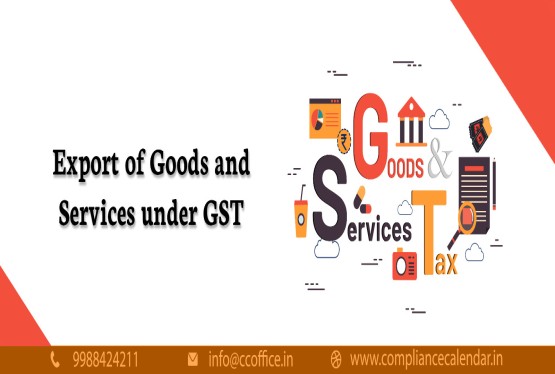













































_for_FY_2025-26_crop10_thumb.jpg)



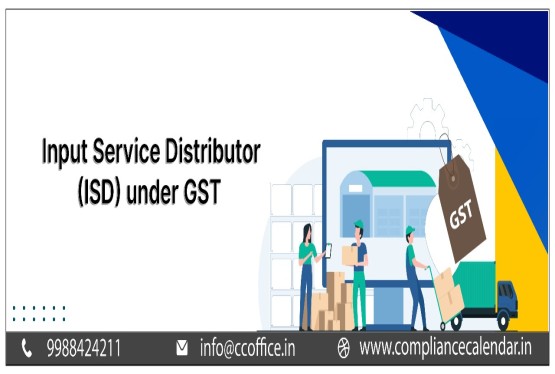








_learn_crop10_thumb.jpg)








_Filing_Due_Dates_for_FY_2024-25_learn_crop10_thumb.jpeg)
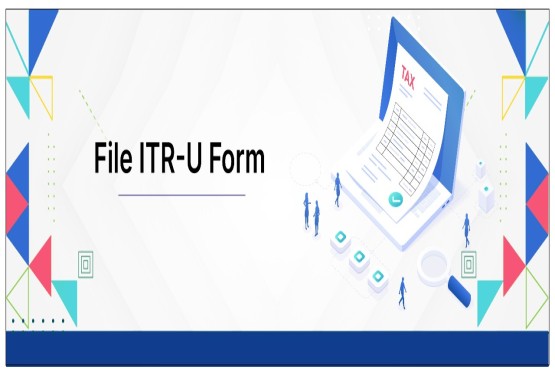
























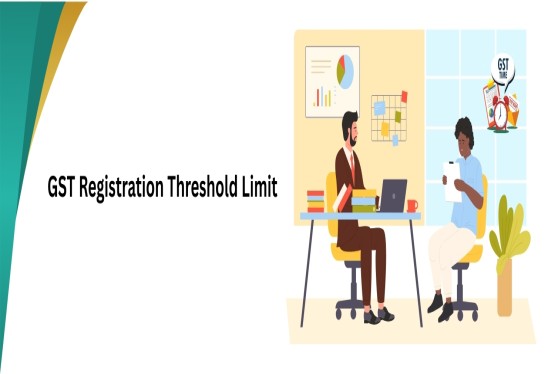
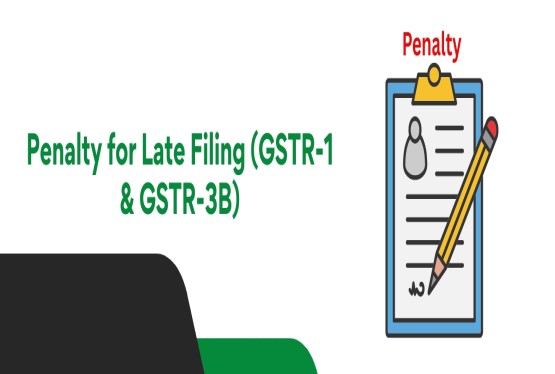












_of_GST_Act_learn_crop10_thumb.jpg)










_Under_GST_learn_crop10_thumb.jpg)








_crop10_thumb.jpg)


_crop10_thumb.jpg)






_learn_crop10_thumb.jpg)






















_of_the_Income_Tax_Act_learn_crop10_thumb.jpg)



_learn_crop10_thumb.jpg)






_learn_crop10_thumb.jpg)






_crop10_thumb.jpg)




















_in_The_Income_Tax_Act,_1961_learn_crop10_thumb.jpg)



_learn_crop10_thumb.jpg)



_of_the_Income_Tax_Act_learn_crop10_thumb.jpg)

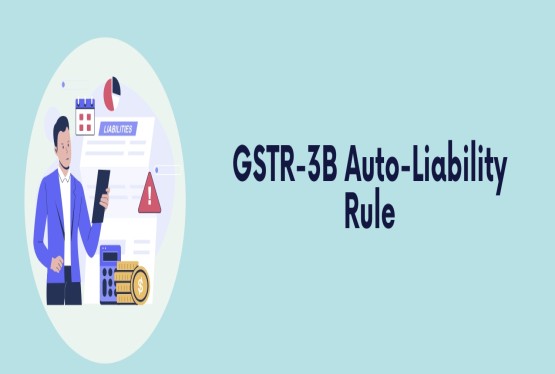
_Of_Income_Tax_Act_learn_crop10_thumb.jpg)








_learn_crop10_thumb.jpg)








_learn_crop10_thumb.jpg)
_crop10_thumb.jpg)

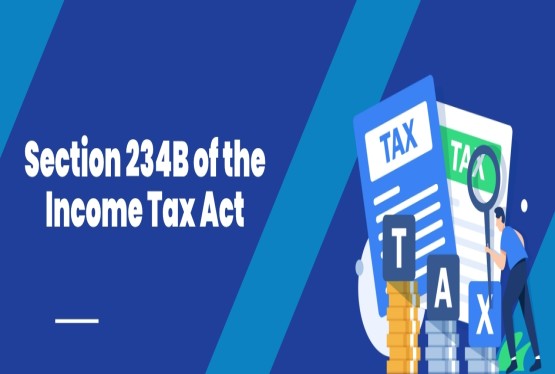




















_learn_crop10_thumb.jpg)
_for_Import_and_Export_learn_crop10_thumb.jpg)









